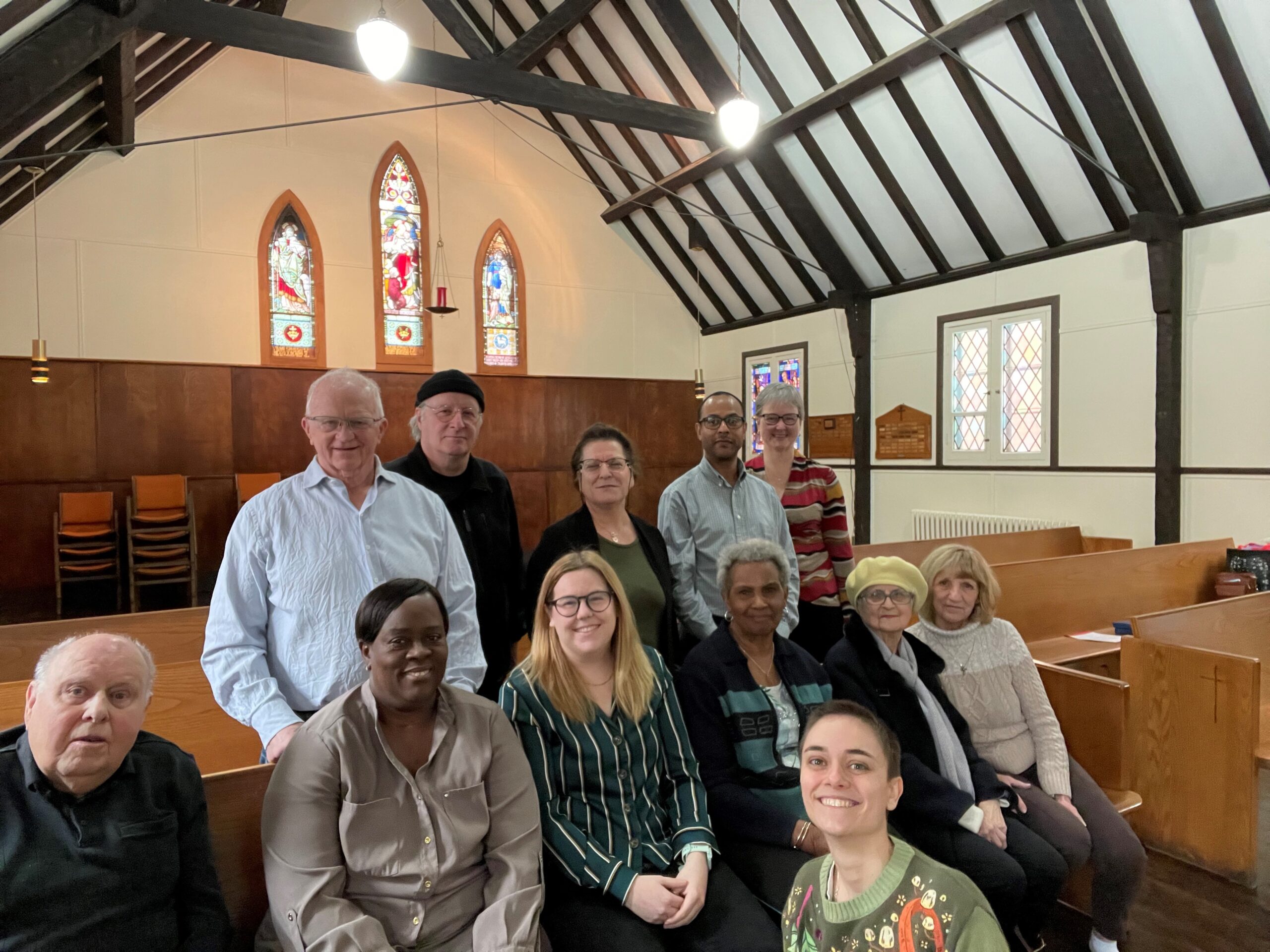I work with a small congregation in Montreal – less than 20 families – and have a quarter time charge. The church, in Eastern Montreal, is St Hilda’s.
One might look at the little nondescript church and think it lacks interest; but you would be wrong to dismiss it so readily as the rich history of this little building is a story of survival and transformation.
At the beginning of the 20th century, Montreal needed workers in many trades and accepted immigrants from Great Britain and other European countries. They were what we would call today blue-collar workers. Some worked at a railyard or a shipyard, others worked in factories, including the tobacco industry, sugar refinery and breweries.
They were people of faith. Some gathered in houses, but soon no house was big enough to hold them, so they built their own churches. Over time, more than a dozen churches rose from the ground. Simple buildings, nothing fancy, but places where people could gather, worship together, have a community life, get married and have their children baptized and confirmed.
After the 1950s-1960s, when factories started to close or move elsewhere, when the yards closed, these immigrants – or was it their children? – moved out of the area and went where jobs were. Typically, the second generation of immigrants does better than their parents and just move on. As industries changed and people moved, churches started to be deserted and were closed one after another.
At least one building survived as a public library on Park Avenue. Today, only one of these small churches still exists in Eastern Montreal. It is called St. Hilda’s.
Somehow, the community survived, possibly because it adapted itself to the changes in population. When it wasn’t yet fashionable, they celebrated “Black History”, and had occasional jazz music services. At the beginning of the 21st century there were a number of families with children that came.
When it became legal to do so, hens were invited to spend summer months in their own little “condo-coop” on the land; a small community garden was created. Back alley neighbours created a group that took care of the hens and garden.
After the pandemic, and after changing priest three times over the last two years, there were little more than a dozen faithful attending services, all of whom were starting to worry about the future of their little community.
The premises were used by a Baptist congregation that had also dramatically shrank during the pandemic as well as some AA groups. Needless to say, the finances were a wreck.
Some members of the AA groups asked if I could organize meditation sessions, which I did; but then no one showed up, except for one student from Dio!
Last year, we asked ourselves what it means to be a church. There was a time when church meant worship, but also community life. There were potluck suppers, dances, scouts and brownies, movies in the hall for kids on Saturday afternoons, etc. The neighbourhood is residential, though the main address of the church is on a large avenue, and the population around is mostly unchurched, French-speaking young professional adults. What if we could create a link between that community and the church community?
We reached out to the back-alley people– they have a Facebook page – and we soon found out that a number of musicians and artists were living nearby.
A string quartet contacted us. Music and church, why not? Then a new parishioner showed up one day in late summer and “music-church” discussions lead to the discovery that she had connections to an organization fostering a number of music groups.
Ensuing three-party discussions were so fructuous that in the fall, we undertook the renovation of the sanctuary, repainting the walls, removing the vinyl tile flooring and uncovering the old hardwood floor. Amazingly, volunteers from one of the music groups and volunteers from the church community worked alongside one another. Relationships started to develop.
With the blessing of the diocese, this month we are signing a long-term contract with the two music groups. Because they have access to more grants than we do as a church community, they will handle all building-related expenses (which is not a small amount!), and some more, so that our little church community can now start to develop ministry. The church will now be responsible only for ministry related expenses. The Diocese was adamant to keep this property which is now secured.
We are daydreaming: neighbours attending weekly concerts, school children coming to learn about music, musical residences, collaborations for Christian feasts. Neighbours will continue to care for the hens and the garden, but now they will also venture in the building for non-religious activities. Who knows what the future holds for us.
All we did was to make a phone call to the association of the back-alley neighbours, which then cascaded. Instead of worrying about the closing of a church building and dispersal of the church community – the last one in Eastern Montreal – our little community can continue to exist.
We do not know what God has planned for us in the coming year. By opening up to the neighbourhood people, a larger community has been created, a few young parishioners have joined us and we can contemplate doing new ministry. We are not turning rich, but we can stop worrying about our everyday survival and spend more time listening to God’s calling and work doing His ministry.
We are immensely thankful for this. Blessed by God!




